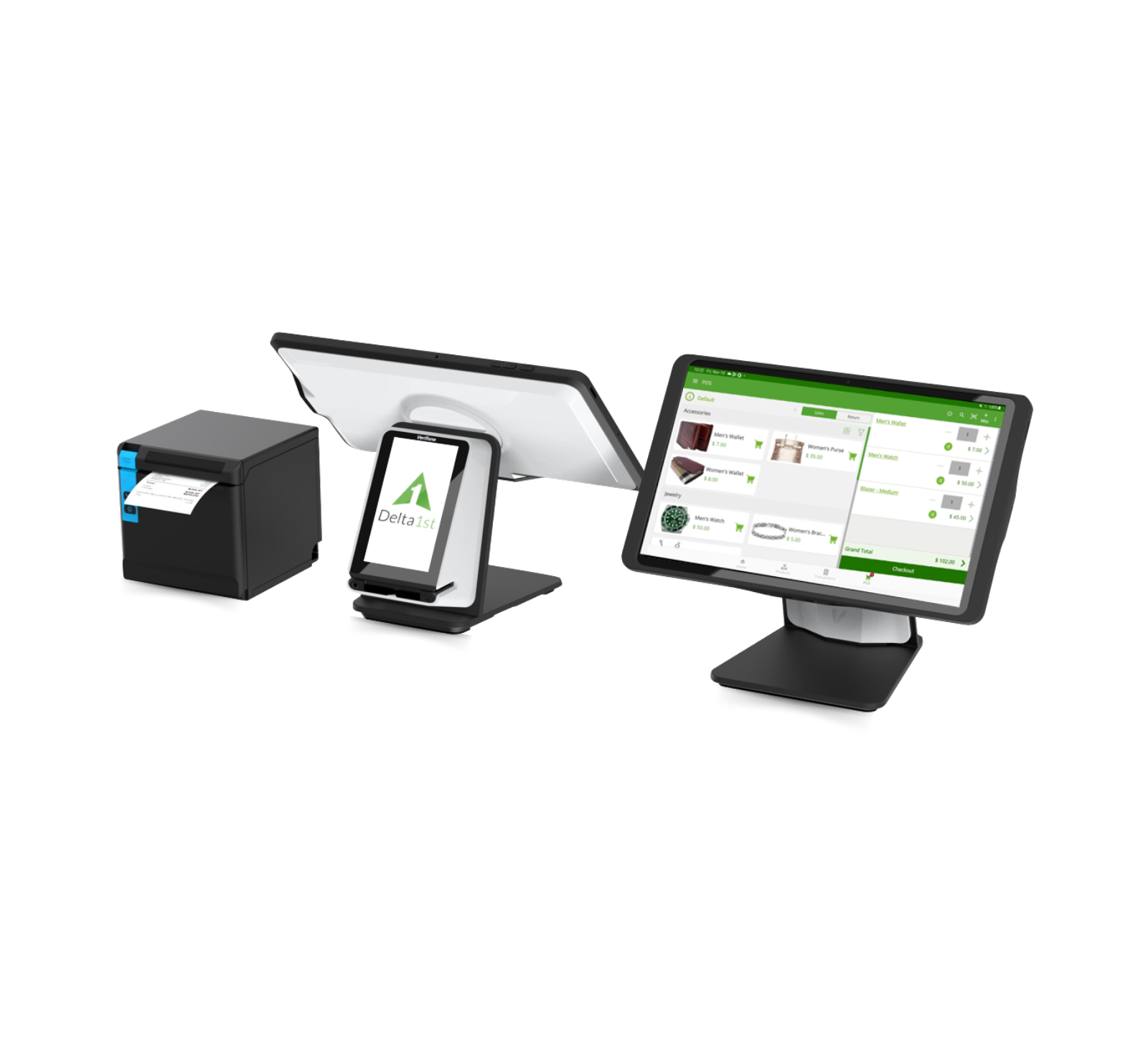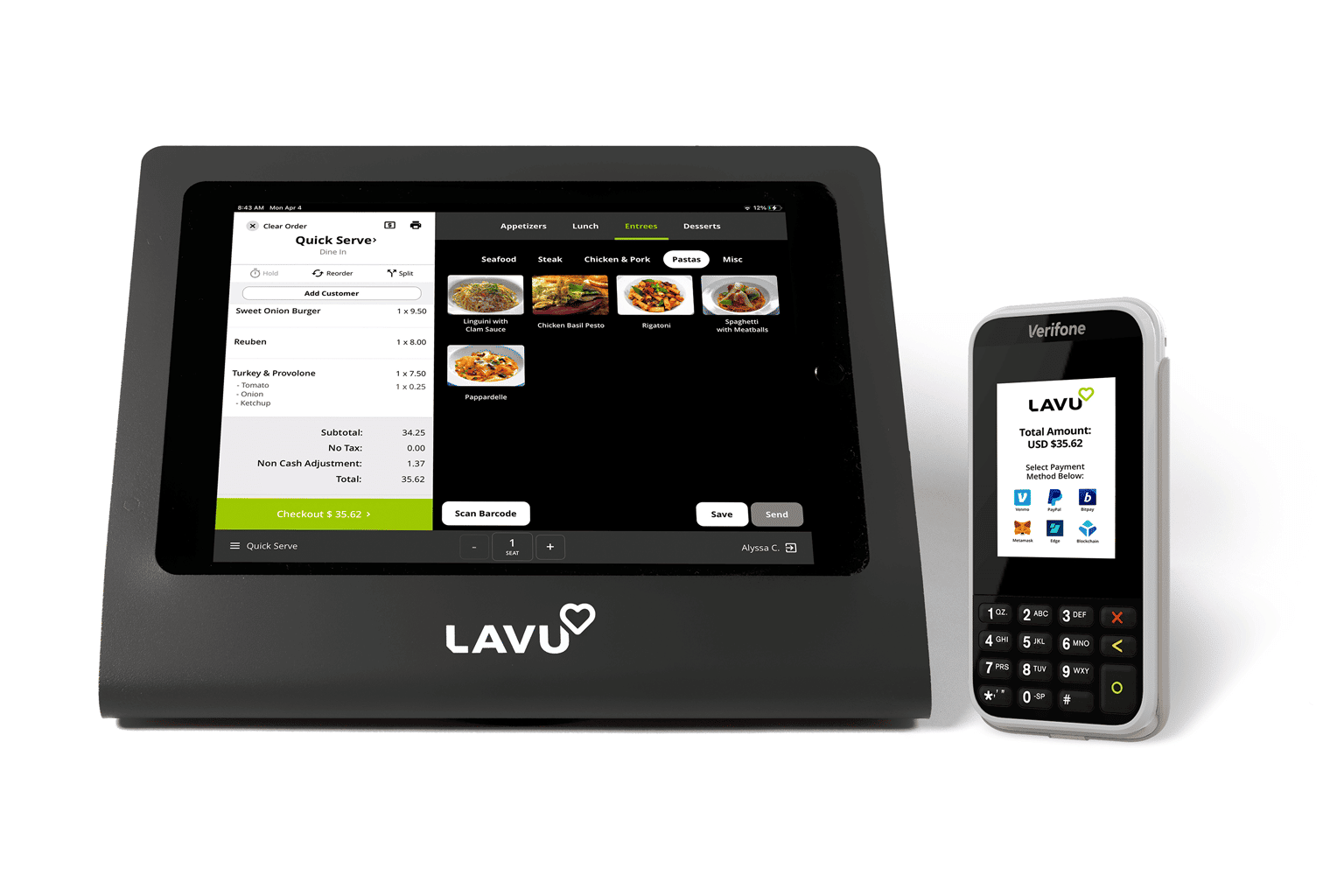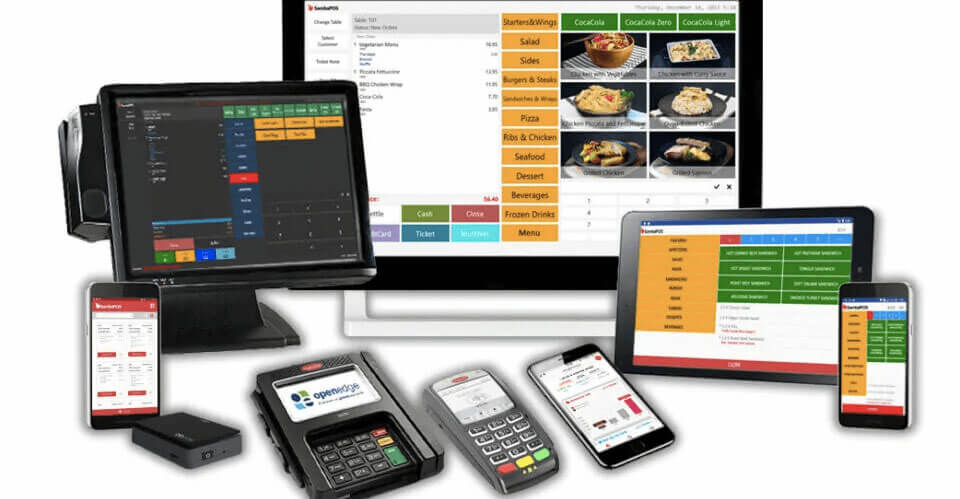Just How POS System Works: A Comprehensive Guide for Company Owners

Recognizing the Components of a POS System

Exactly How Sales Transactions Are Processed
When a client makes a decision to purchase, the sales transaction starts a collection of organized steps within the POS system. The cashier inputs the items being acquired, which are scanned through a barcode reader or by hand gone into. This activity recovers product information, including prices and relevant taxes, from the system's database.Next, the consumer is offered with the overall amount due. The POS system then refines the repayment, whether through money, charge card, or mobile settlement techniques (Restaurant POS Software). For digital repayments, the POS firmly communicates with payment processors to authorize and validate the transaction.Once the repayment is verified, the system produces an invoice, which can be printed or sent out digitally. This invoice functions as proof of acquisition for the customer. The purchase data is recorded in the system, making sure accurate sales records and monetary monitoring for the business.
Stock Administration and Monitoring

Effective inventory monitoring and tracking are important components of a POS system, as they assure that organizations maintain optimal supply levels and lessen disparities. A robust POS system enables real-time supply updates, mirroring sales and returns instantly. This makes it possible for local business owner to keep an eye on stock levels properly, making sure that prominent things are easily available while preventing overstocking of much less prominent products.Additionally, progressed POS systems supply features such as automated stock notifies and reorder ideas, simplifying the procurement procedure. Barcoding and RFID modern technology improve accuracy in tracking supply activity, minimizing human mistake. Extensive reporting devices give understandings into supply turnover prices, helping organizations make educated choices concerning acquiring and product offerings. Inevitably, effective stock monitoring with a POS system not just enhances functional efficiency but likewise enhances consumer satisfaction by making sure item availability.
Assessing Consumer Information and Insights
Customer information analysis acts as a powerful tool for organizations using a POS system (Restaurant POS Software). By checking out and click here collecting purchase information, organizations can uncover useful insights about client habits and preferences. This analysis enables them to determine buying patterns, peak purchasing times, and popular items, consequently educating stock choices and marketing strategies.Additionally, services can sector their customer base, enabling customized marketing efforts that accommodate particular demographics or purchasing behaviors. Comprehending client loyalty patterns also aids in developing targeted promos and benefits programs.The data obtained from a POS system can also reveal insights into client feedback, enabling companies to make informed choices relating to item offerings and service improvements. Inevitably, leveraging consumer information efficiently can enhance the overall shopping experience, foster customer fulfillment, and drive earnings growth
Advantages of Carrying Out a POS System

Frequently Asked Inquiries
What Kinds Of Organizations Can Benefit From a POS System?
Various businesses gain from a POS system, including retailers, restaurants, salons, and shopping systems. These systems improve purchases, supply management, and consumer information, improving operational efficiency and enhancing consumer experience throughout diverse sectors.
Just how much Does a POS System Commonly Price?
The price of a POS system commonly ranges from a couple of hundred to several thousand bucks, relying on functions, hardware, and software. Organizations need to consider ongoing costs for deal, maintenance, and assistance handling when budgeting.
Can I Incorporate a POS System With Existing Software?
Integrating a POS system with existing software is usually possible. Lots of systems provide APIs or website integrated compatibility attributes, permitting organizations to streamline operations and improve functionality by linking numerous software applications successfully.
What Training Is Required for Personnel to Make Use Of a POS System?
Educating for team to utilize a POS system typically consists of understanding software functionalities, refining deals, handling stock, and taking care of client interactions. Practical demos and hands-on practice boost proficiency and confidence being used the system efficiently.
What Happens if the Internet Goes Down While Using a POS System?
Deals may be interrupted if the internet goes down during POS system use. Lots of systems offer offline abilities, permitting fundamental operations to continue, however complete performance, consisting of real-time inventory updates, will be restricted. A Point of Sale (POS) system is made up of numerous vital elements that function with each other to facilitate deals and handle business procedures. Reliable stock management and tracking are crucial components of a POS system, as they ensure that businesses maintain ideal stock levels and lessen disparities. Consumer data analysis offers as an effective device for companies utilizing a POS system. Comprehending consumer loyalty patterns additionally assists in creating targeted benefits and promos programs.The data amassed from a POS system can also disclose insights into client feedback, enabling services to make informed choices relating to item offerings and service enhancements. Executing a POS system supplies numerous benefits that can considerably check here improve business operations.